Living food cultures
Live food provides fish with a more varied, richer and healthier diet. In addition, the natural hunting instinct is always stimulated. A range of possible food animals can be propagated at home in significant quantities.
These food cultures are available at all times (regardless of the season), are parasite-free and are not as much work as you might think. Below are culture instructions for a number of tried and tested feed cultures.
The instructions are for information purposes only and are not intended for sale.
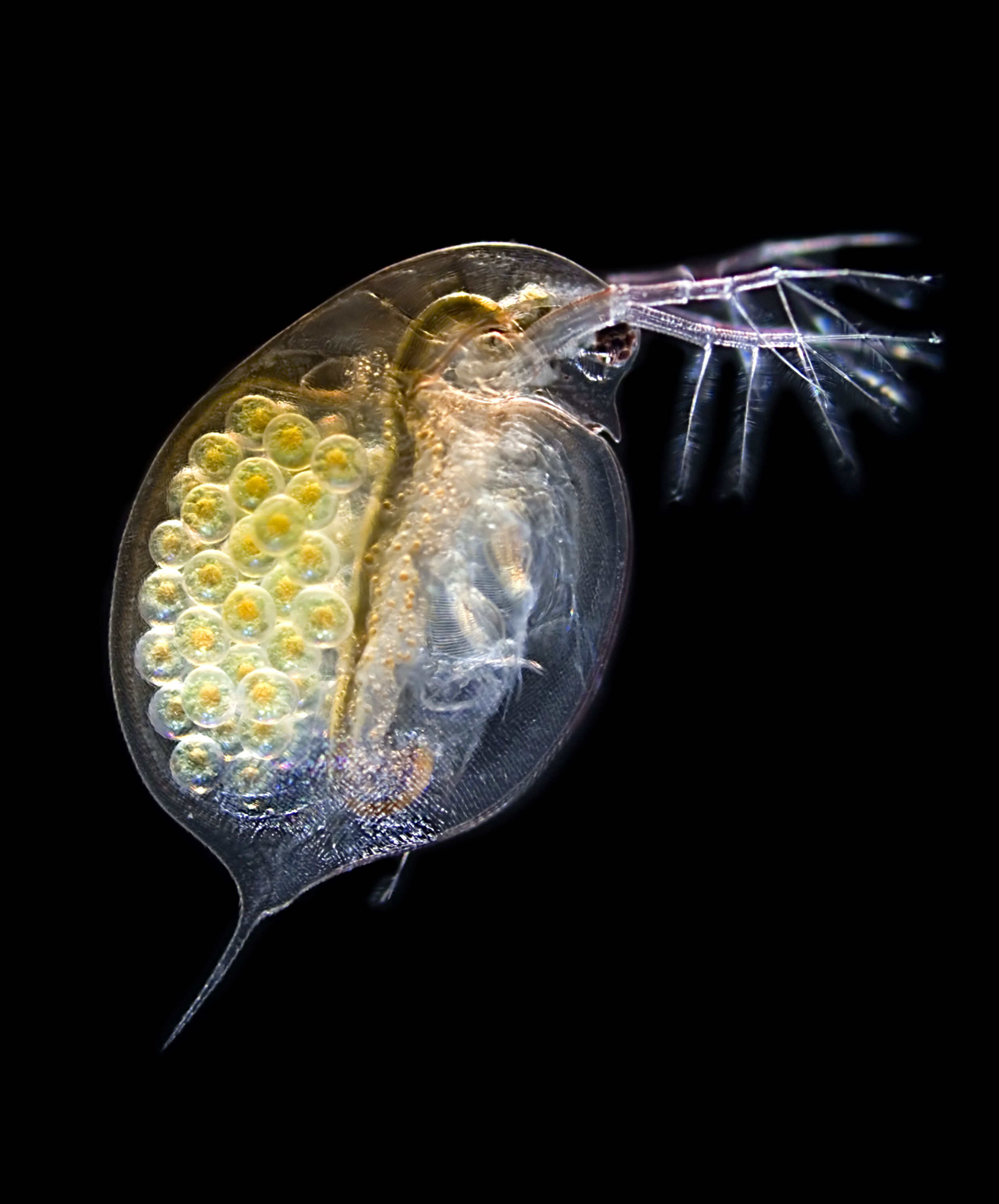
DAPHNIA SP. / WATER FLEA
Daphnia are a high-fibre, low-nutrient food that ideally stimulates the hunting instinct of your fish. They are easy to breed, although not particularly productive.
Daphnia may not be caught everywhere!
Depending on whether it is public or private waters, the unauthorised removal of so-called "fish food" is theft or even poaching. In any case, you need the owner's permission and sometimes a fishing (licence) permit.
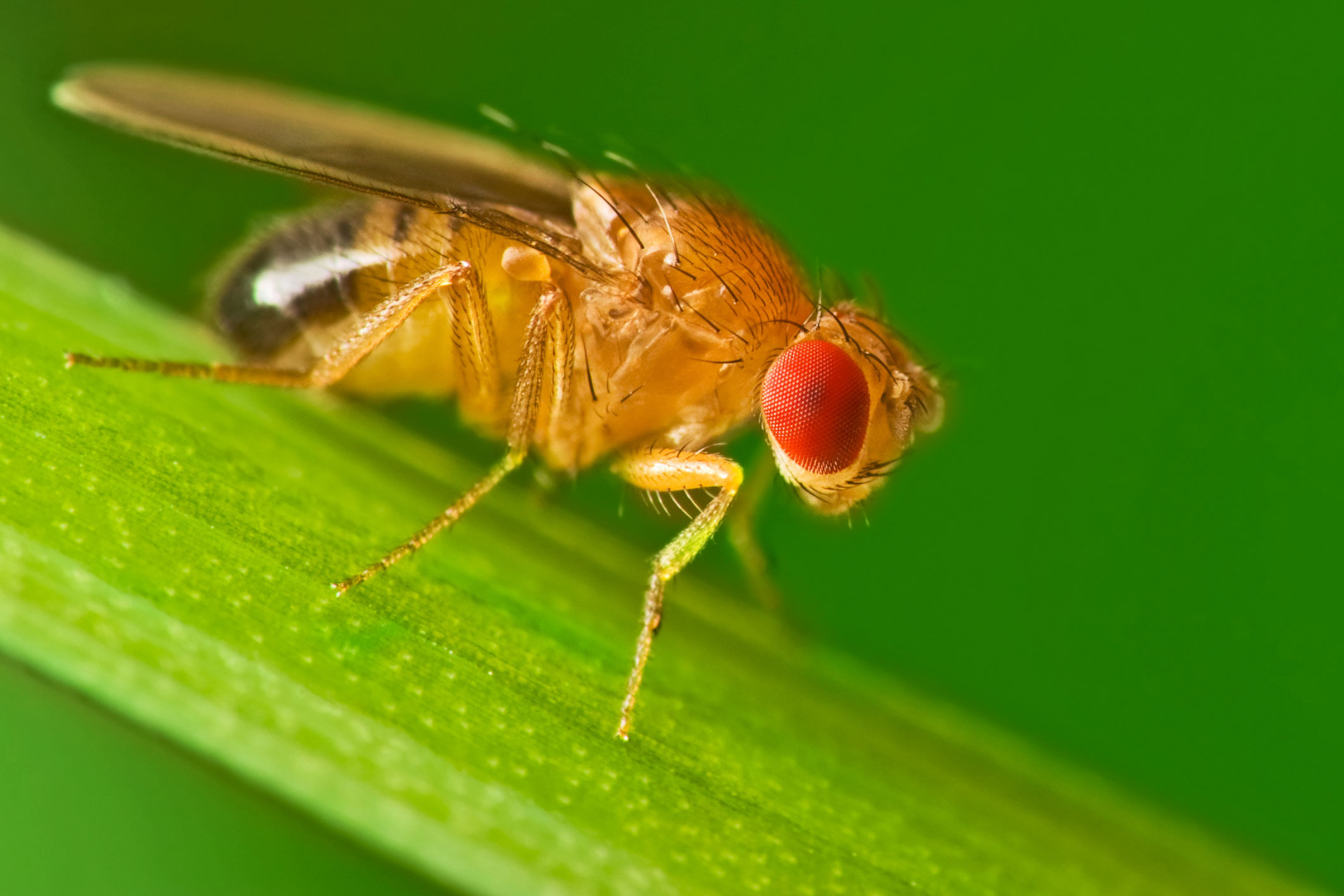
DROSOPHILA SP. / FRUIT FLY
The fruit fly or vinegar fly is an excellent feeder for many tropical fish species. Both the imagines and the larvae are eaten readily and willingly, and some surface fish cannot be kept healthy or even reproduce without such "approach food".
But it is also a welcome addition to the usual diet for other fish.
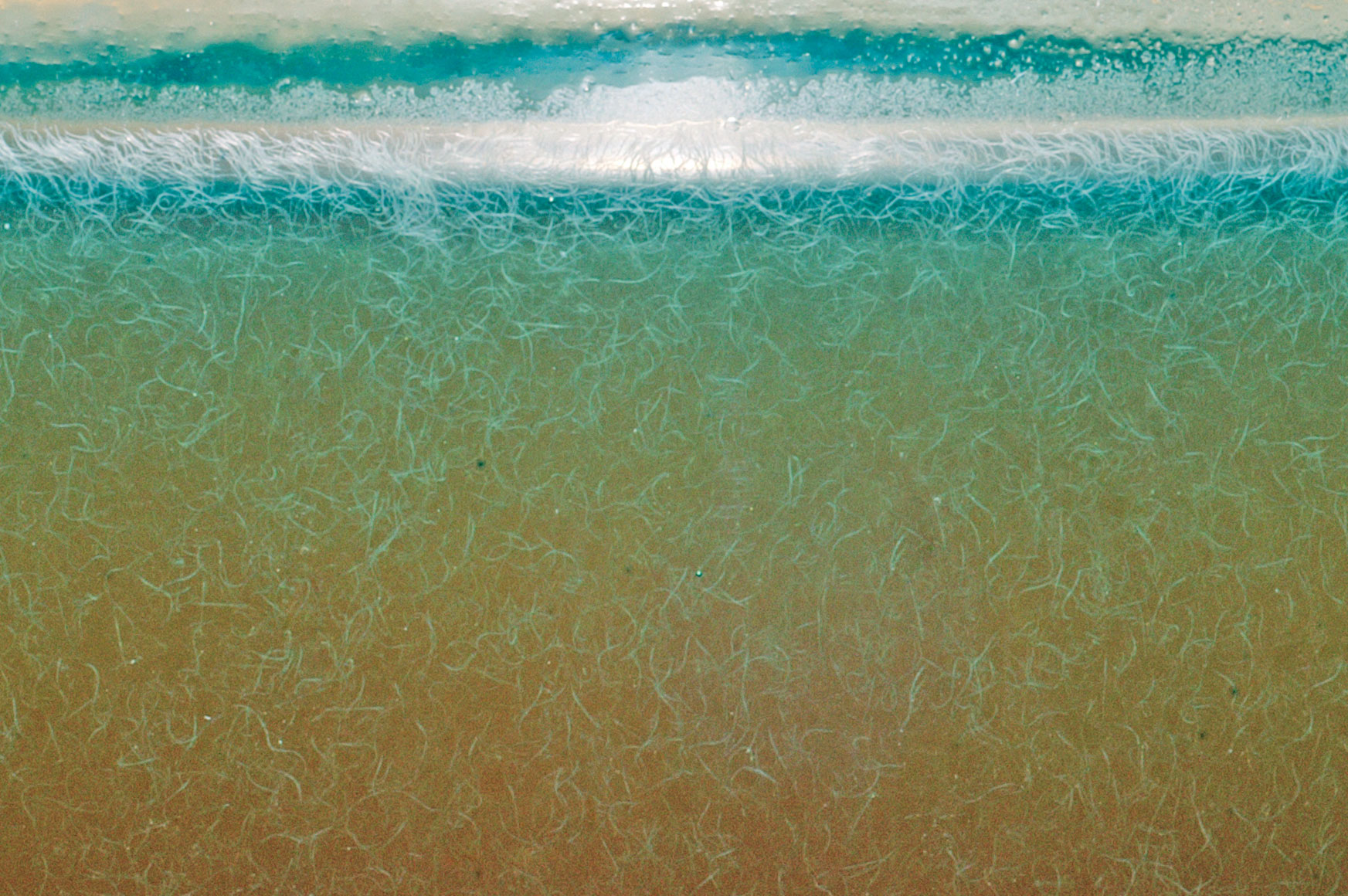
VINEGAR WORMS
Very small worms that swim actively in vinegar water and are well suited for the first feeding of blackwater fish. Very simple and uncomplicated culture, suitable for beginners.
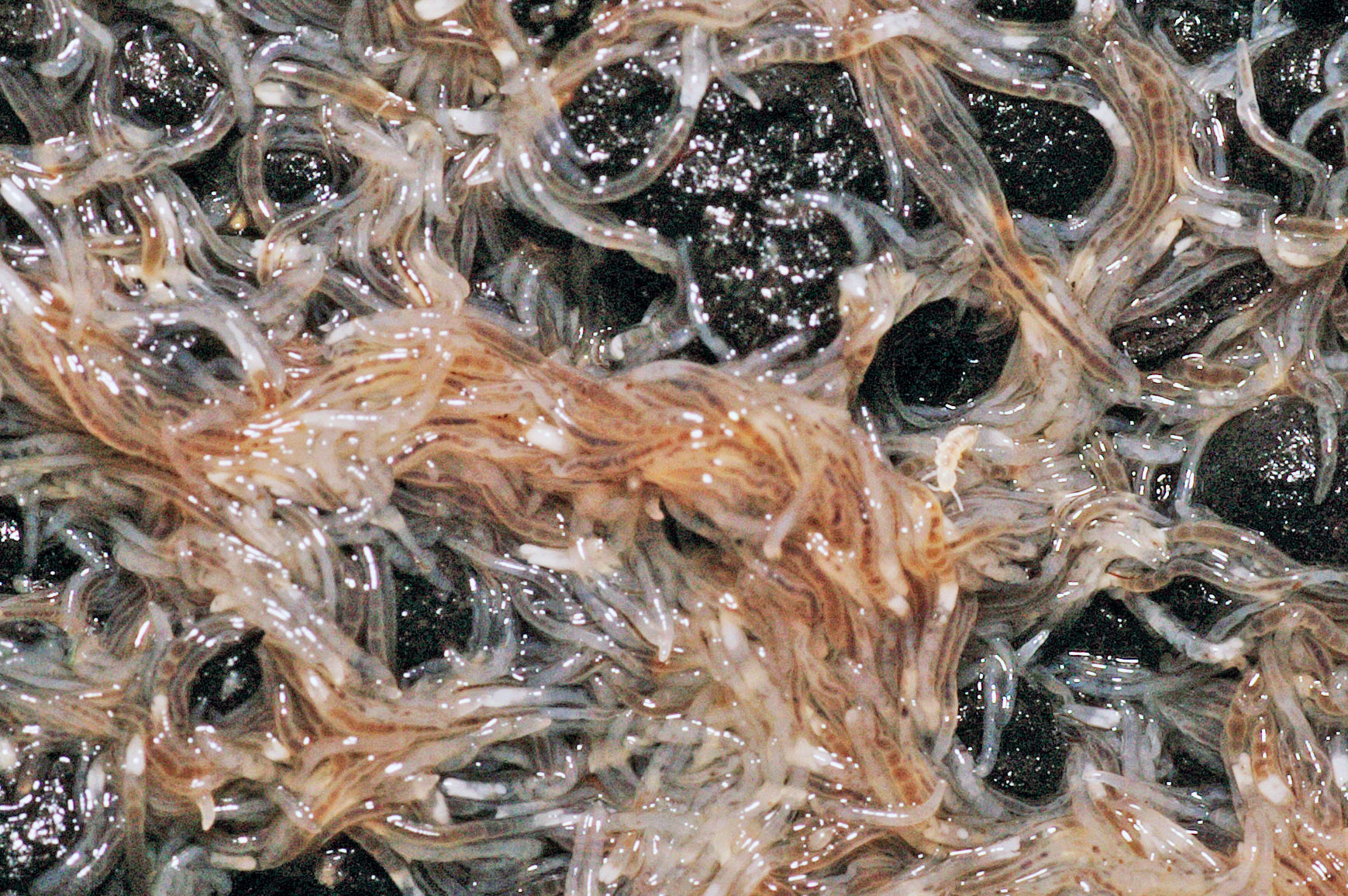
GRINDAL WORMS
Breeding grindal (Enchytraeus buchholzi), smaller thermophilic relatives of enchytraea (E. albidus), which like earthworms belong to the annelid family, is quite productive. Nevertheless, you should exercise restraint when feeding them, because although most fish really like to eat the worms, they are very high in fat and protein and should therefore only form part of the daily diet.
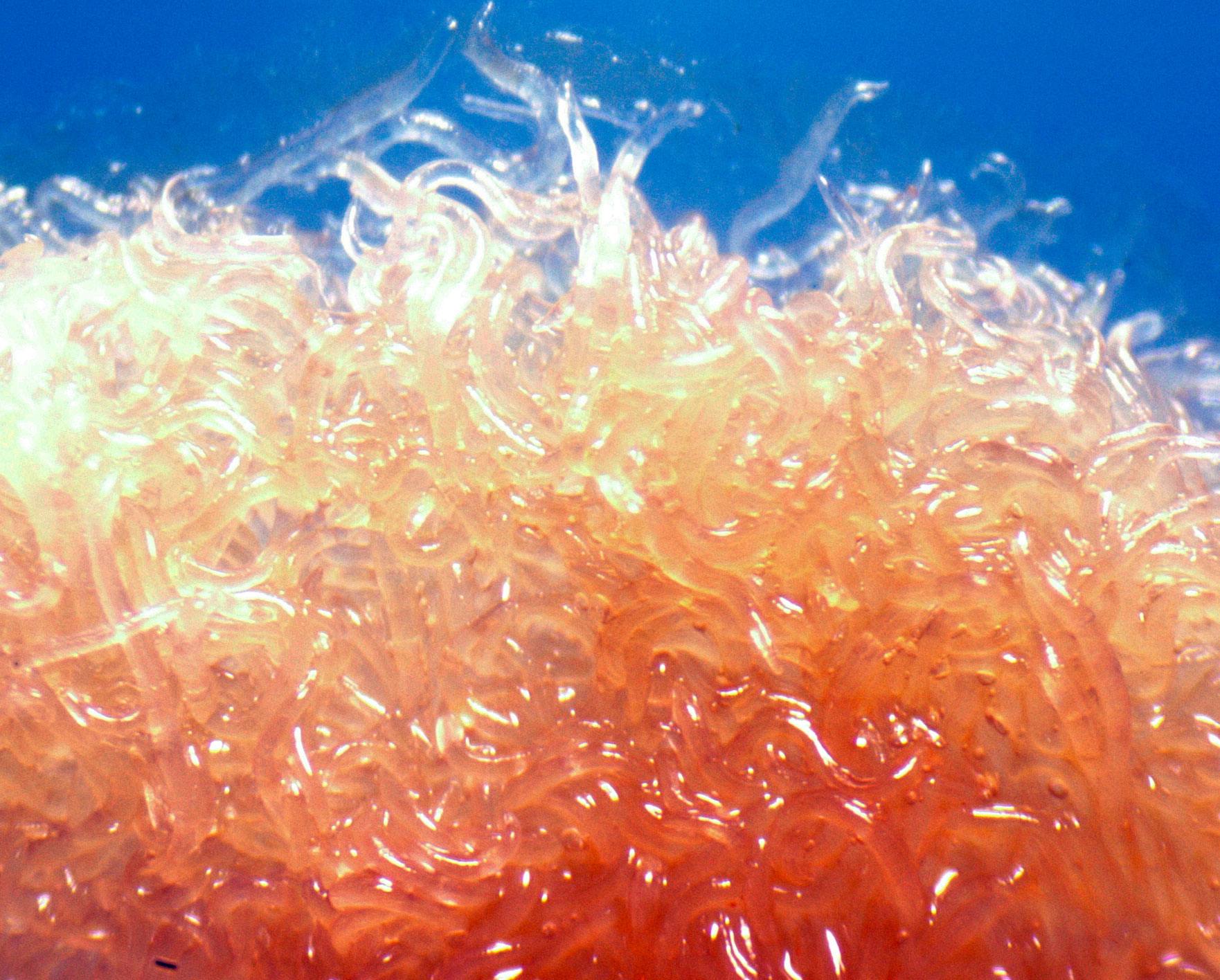
MICROWORMS
They vary in their suitability as food for young fish, as not all young fish like to eat them. In addition, as with all worms, the fat and collagen content is quite high. However, they are simply part of a varied diet for young fish.
They are only slightly larger than Artemia nauplii and can therefore be eaten by many fish species immediately after hatching.
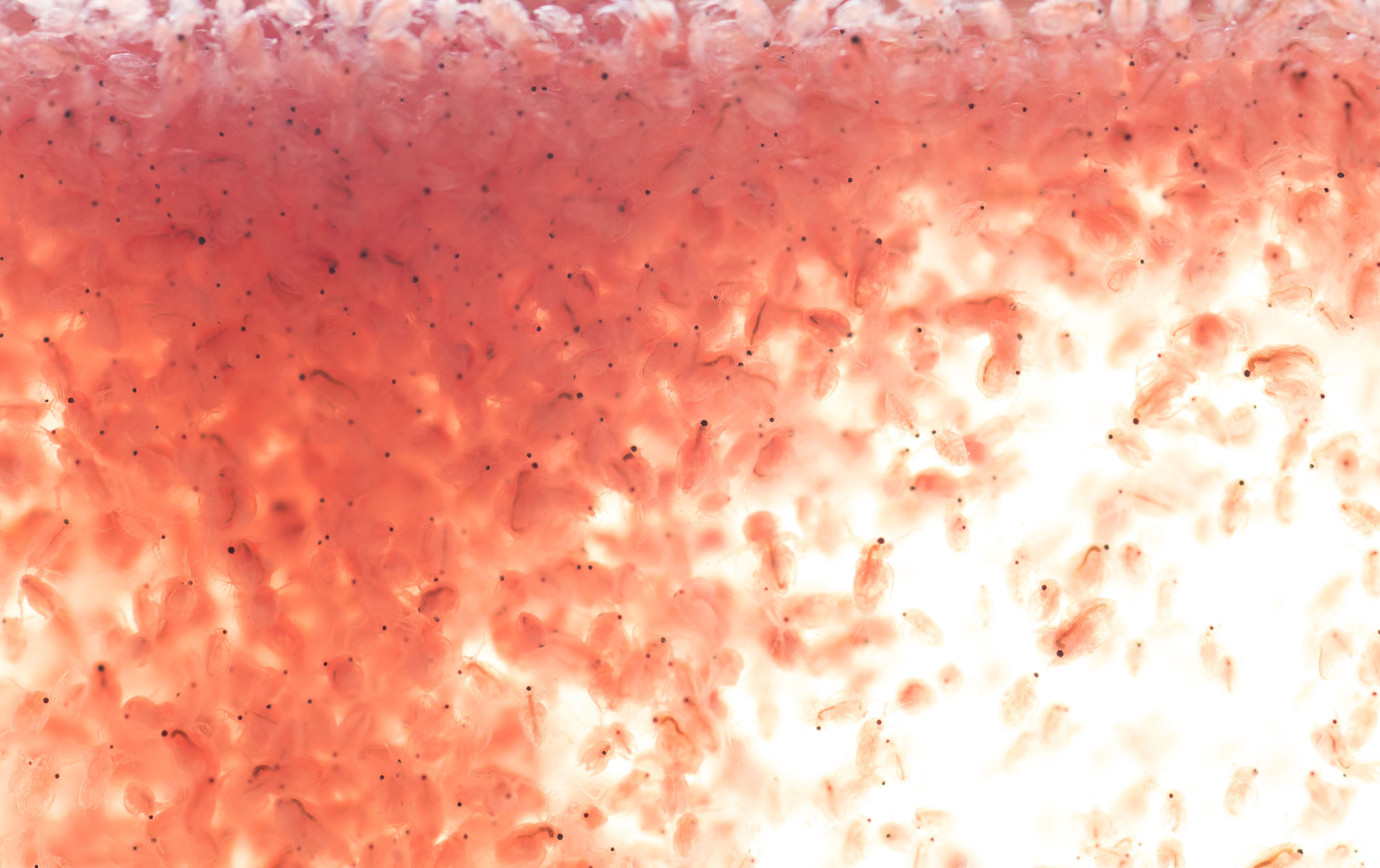
MOINA MACROCOPA
The "notorious" Japanese water flea. In contrast to Daphnia sp., Moina macrocopa can even be reproduced productively. As Moina sp. are significantly smaller than Daphnia sp., they are also suitable as food for smaller fish.
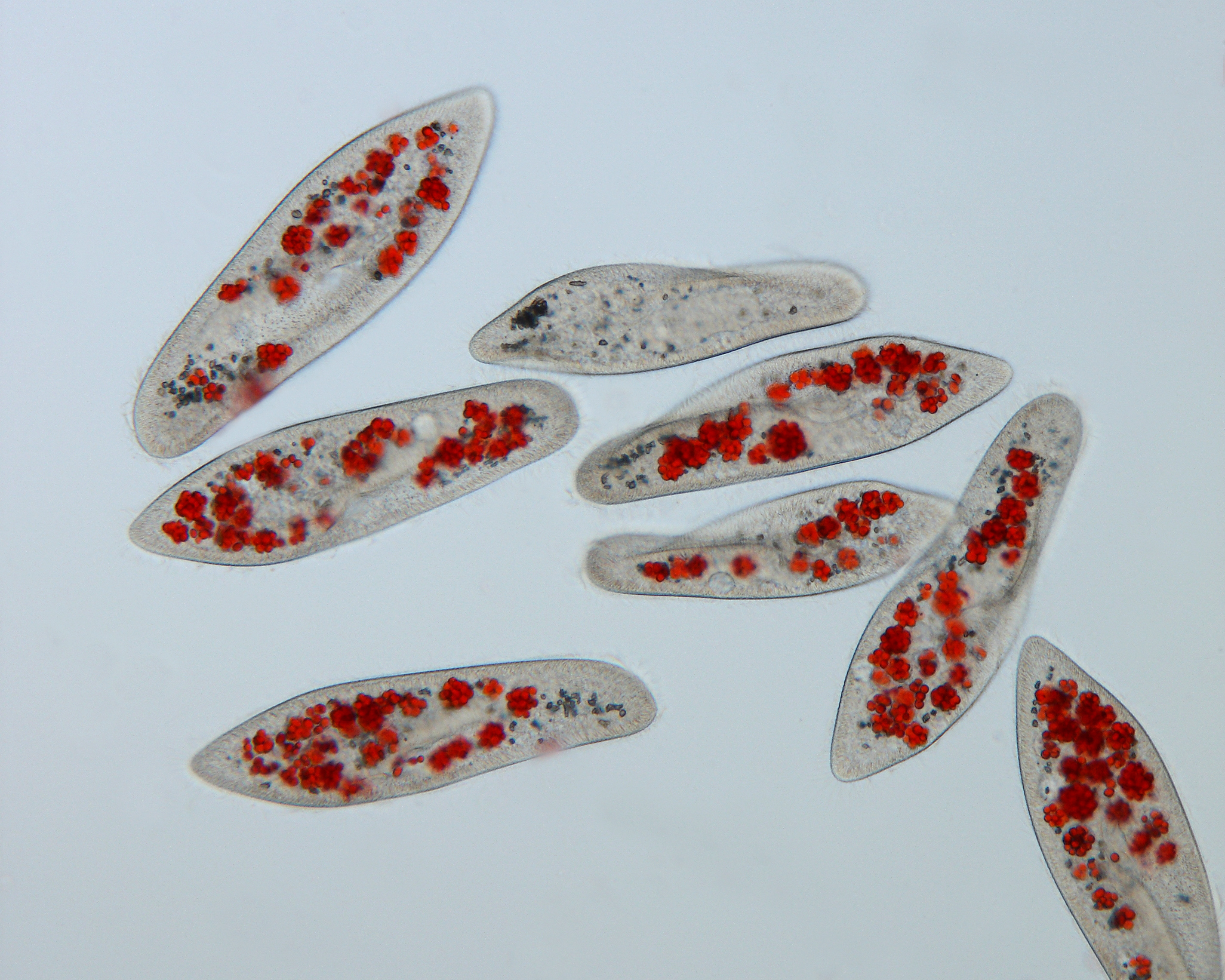
PARAMECIA
They are a good and easily available first food for many young fish.
They are also very popular as a visual aid for biology lessons, as they are quite large for unicellular organisms and their cell organelles are easy to observe.
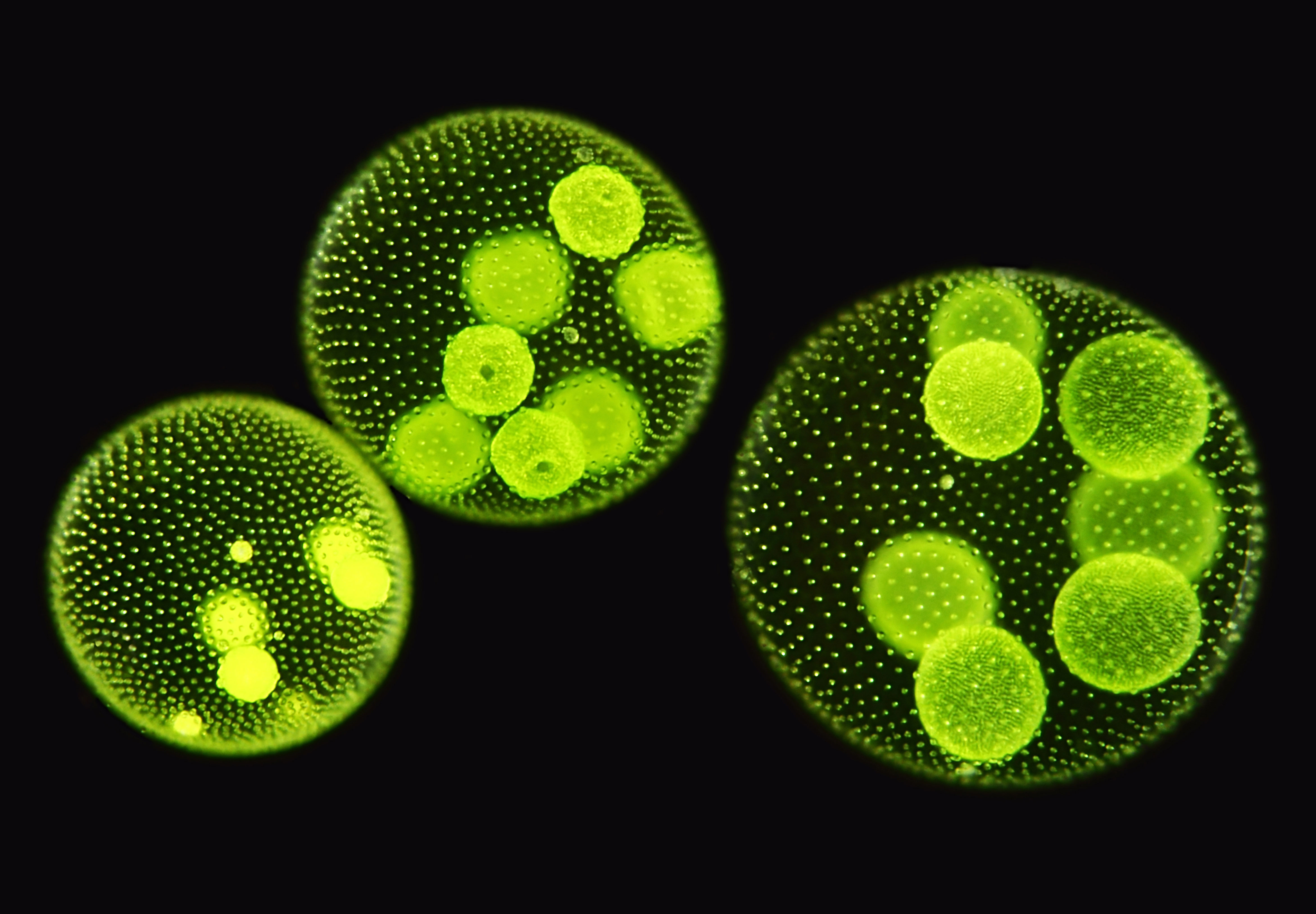
VOLVOX SP.
The spherical green alga Volvox sp. marks the stage in the development from unicellular to multicellular organisms directly after the constitution of the first multicellular organisms.
It is the most advanced and largest host carrier colony (up to 2 mm in diameter), consisting of a very large number of individual cells (max. 20,000), which are stuck at regular intervals in the wall of a hollow gelatinous sphere and turn their 2 flagella outwards. Each individual cell is connected to its neighbours by plasma bridges.

